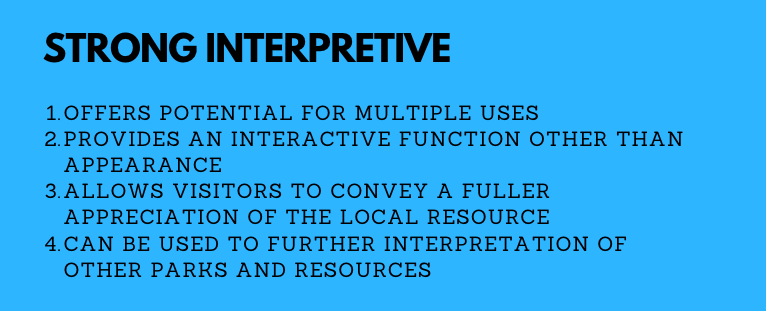As a wildlife conservation nonprofit, you need to know about copyrights, trademarks, and patents. You do not need to be an expert, but you need to understand their correct use and when they should be applied. …Not knowing can cost you and your organization.
For example, your boss approaches you and says that within the budget are funds for a field sign featuring interpretative language and your organization’s logo. You have a non-registered trademark, but you are not sure what this means. Which of these symbols might you use?

If you are not sure, it’s okay, a lot of people are confused by this-
One California-based nonprofit I worked with was also confused about how to present its trademark. During a well-attended public event, I congratulated the Executive Director on the Circle-R symbol next to their name as it showed their trademark was not officially registered. He pointed back to the logo and said, “Oh, yeah the patent, we recently added the Circle-R.” I politely asked him to clarify. Sadly, he did not know that his organization was publicly using the wrong trademark symbol and legal name associated with the trademark.
Such mistakes occur at large for-profit companies too. After a tech firm had moved to a new two-story office in Silicon Valley, a new street sign was manufactured at a price upwards of $10,000. In a rush to finish the job, an admin ordered the sign and the incorrect trademark symbol, a “TM” was used on the sign when a Circle-R was needed. The oversight demonstrated that internal processes had not been followed and because of expense the error remained on the sign for several years.
Don’t make these same mistakes; here are some basics about copyrights, trademarks, and patents to avoid such confusion.
The Registered Trademark

A trademark is a sign or design used in association with a product or service. The Circle-R demonstrates the US Patent and Trademark Office (USPTO) has recognized your trademark being used in the pursuit of commerce.
Organizations and groups obtain the Circle-R to differentiate and better protect their identity from other products or brands. After you have been recognized by the USPTO, and you need to go to court to protect your brand, your case will be significantly strengthened.
You should never use the Circle-R if the USPTO has NOT registered your trademark. To do so could invite possible legal headaches.
If the government has not recognized your organization as being the owner of the trademark you should not use the Circle-R.
The Trademark:

Using the “TM” is the easiest way to proceed until your organization can go through the registration process.
It is a good idea to keep a record of when you first associated the TM with your product or service as this designated when you used your product in the pursuit of business. You will need this information if you apply eventually for the Circle-R registration. Also, you will need this if you ever have to go to court to defend your use of the trademark.
Note: There is a type of trademark called a service mark “SM”, this is reserved for services and is not being discussed here.
The Copyright:

Using a “Circle-C” with your logo is incorrect, just don’t use it!
A Circle-C represents copyright.
A copyright is used for original works, like books, videos, music, or other creative pieces. The copyright allows the author to receive compensation or recognition for their idea. Use the “Circle-C” at the end of your organization’s printed newsletter, emails, etc.
The Patent:
Patents are used for inventions (an invention provides a solution to a product or process). If you or your organization invents a better mousetrap you would obtain a patent. You should never associate the word “patent” with your logo or creative work.
I hope this helps.



